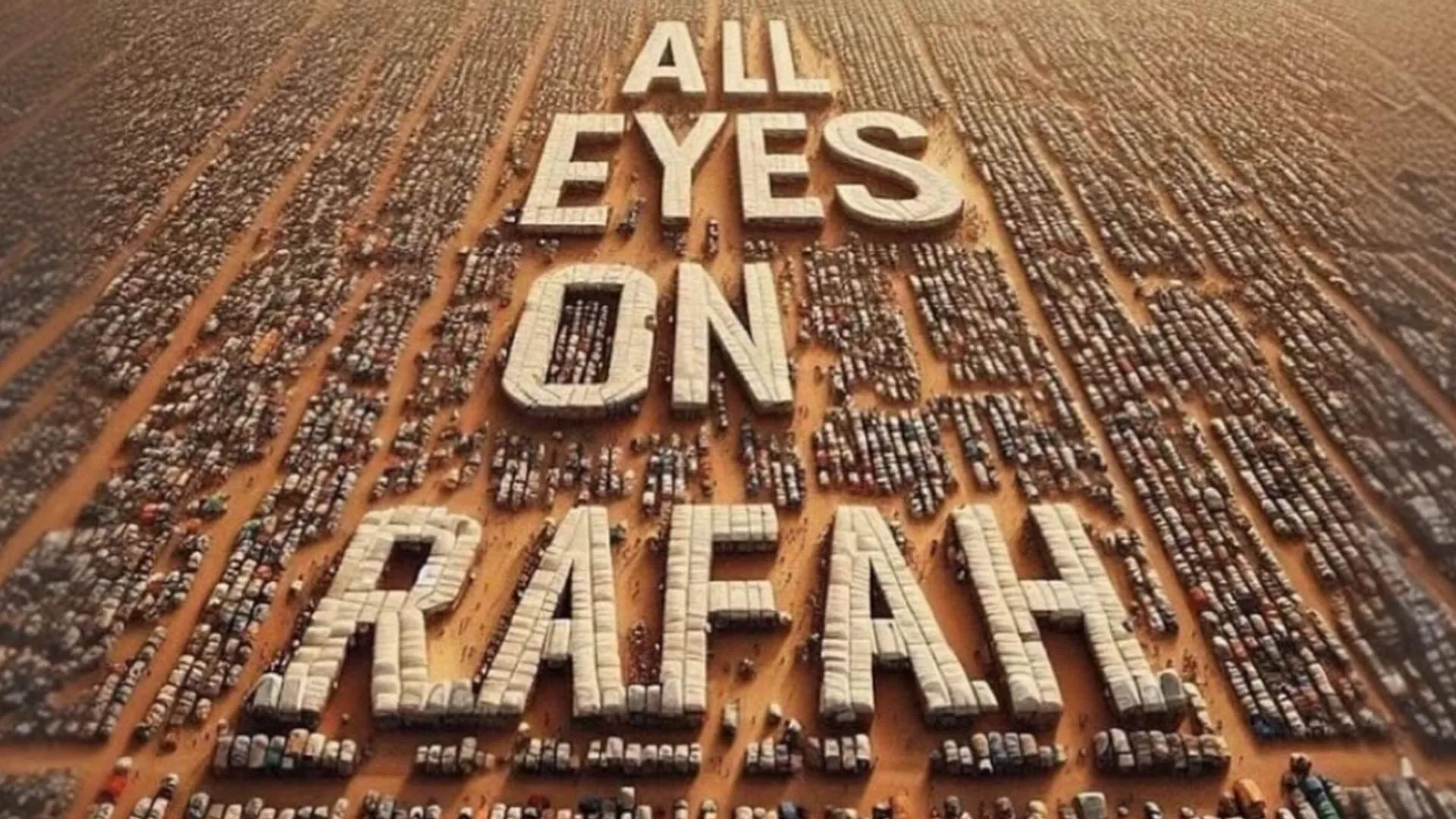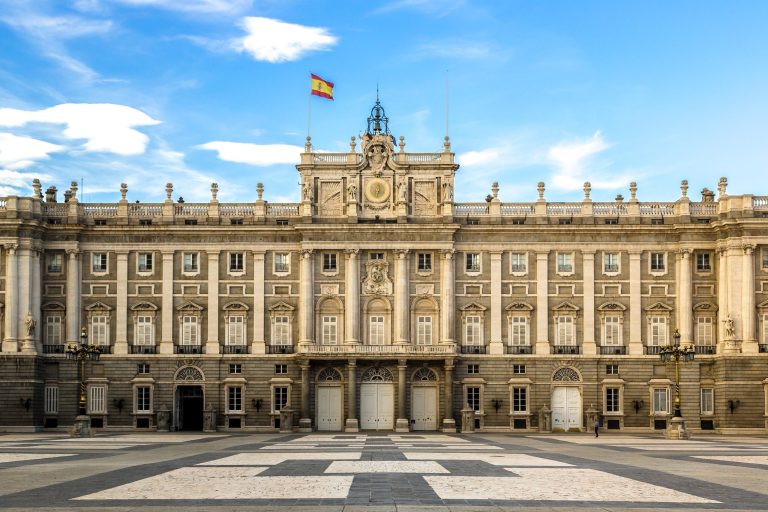Table of Contents
ToggleAll Eyes on Rafah , a city in the southern Gaza Strip, has been a focal point of geopolitical tension, humanitarian crisis, and strategic importance for decades. The Rafah border crossing, which connects Gaza with Egypt, is the only land route into Gaza that is not directly controlled by Israel. This crossing point is vital for the movement of people and goods in and out of the densely populated and blockaded Gaza Strip. This article delves into the history, significance, and ongoing issues surrounding Rafah, highlighting why the world has its eyes fixed on this critical location.
Historical Context All Eyes on Rafah
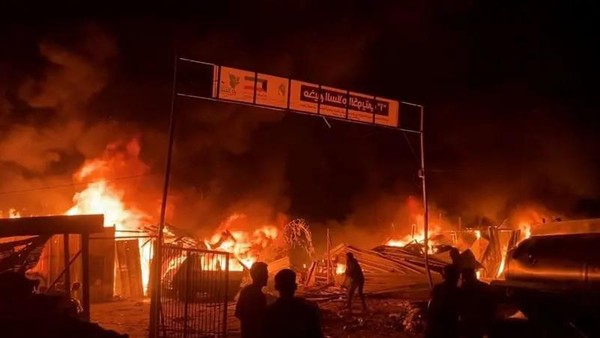
The Origins of Rafah
All Eyes on Rafah strategic importance dates back to ancient times due to its location on trade routes connecting Egypt and the Levant. Throughout history, it has been a contested and frequently occupied area, reflecting the broader geopolitical struggles of the region.
Modern History and Conflict
In the modern era, Rafah has been at the heart of the Israeli-Palestinian conflict. After the 1948 Arab-Israeli War, Rafah was divided between Egypt and the Gaza Strip, which came under Egyptian administration. Following the Six-Day War in 1967, Israel captured Gaza, including Rafah. The signing of the Camp David Accords in 1978 and the subsequent Israel-Egypt Peace Treaty in 1979 led to the return of the Sinai Peninsula to Egypt but left Gaza under Israeli control.
The Oslo Accords in the 1990s brought some autonomy to the Palestinian territories, and Rafah became a critical crossing point for Gazans seeking to travel abroad. However, the Second Intifada in the early 2000s led to increased security measures and restrictions.
All Eyes on Rafah Border Crossing
Lifeline for Gaza
The Rafah border crossing is a crucial gateway for the 2 million residents of Gaza. Given the severe restrictions imposed by Israel on the movement of people and goods through its border crossings, Rafah serves as a vital alternative for Gazans needing medical treatment, educational opportunities, or simply a way to connect with the outside world.
Periodic Closures and Humanitarian Impact
The Rafah crossing has been subject to frequent closures, largely influenced by the political relationship between Egypt and Hamas, the governing authority in Gaza since 2007. These closures exacerbate the humanitarian situation in Gaza, restricting access to essential supplies, medical aid, and economic opportunities.
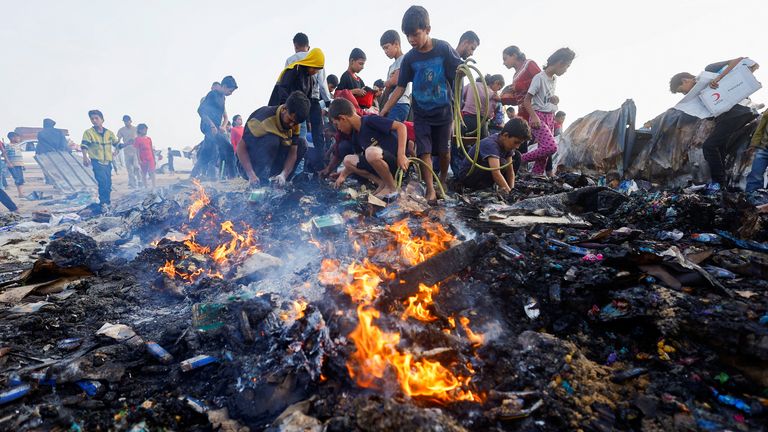
Smuggling Tunnels
Over the years, numerous smuggling tunnels have been dug under the Rafah border, facilitating the clandestine movement of goods and weapons into Gaza. These tunnels have been a lifeline for many Gazans, providing access to goods otherwise unavailable due to the blockade. However, they have also been a source of contention, with both Israel and Egypt taking measures to detect and destroy these tunnels to prevent the flow of arms to militant groups.
All Eyes on Rafah Geopolitical Significance
Egypt’s Role
Egypt’s control over the Rafah crossing places it in a unique position of influence over Gaza. The Egyptian government, wary of the spillover of militant activities into its territory and the political ideology of Hamas, often uses the Rafah crossing as leverage in its broader regional policy.
Israeli Concerns
For Israel, the Rafah crossing represents both a security threat and a point of negotiation. Israel’s concerns about the flow of weapons and militants into Gaza via Rafah have led to close monitoring and coordination with Egypt. At the same time, Israel’s blockade of Gaza increases the reliance on Rafah for basic humanitarian needs, creating a complex dynamic.
International Attention
The international community closely monitors the Rafah crossing due to its significant impact on the humanitarian situation in Gaza. Organizations such as the United Nations and various NGOs frequently call for the opening of the crossing to alleviate the suffering of Gazans, highlighting the broader implications for regional stability and human rights.
Humanitarian Challenges All Eyes on Rafah
Economic Strangulation
The intermittent opening of the Rafah crossing has severe economic implications for Gaza. The blockade has crippled Gaza’s economy, with high unemployment rates and a reliance on humanitarian aid. The restricted movement through Rafah further limits economic opportunities, exacerbating poverty and dependence on aid.
Health and Education All Eyes on Rafah
Access to medical treatment is one of the most fiatogel pressing humanitarian issues tied to the Rafah crossing. Many Gazans require specialized medical care that is not available within the territory, necessitating travel through Rafah to hospitals in Egypt or other countries. Similarly, students seeking higher education abroad are often impeded by the crossing’s closures, impacting their educational and professional futures.
Psychological Impact
The psychological toll of living in an area with restricted movement cannot be understated. The uncertainty and frequent closures of the Rafah crossing contribute to a sense of isolation and hopelessness among Gaza’s residents, particularly affecting the youth who see limited prospects for their future.
Recent Developments All Eyes on Rafah
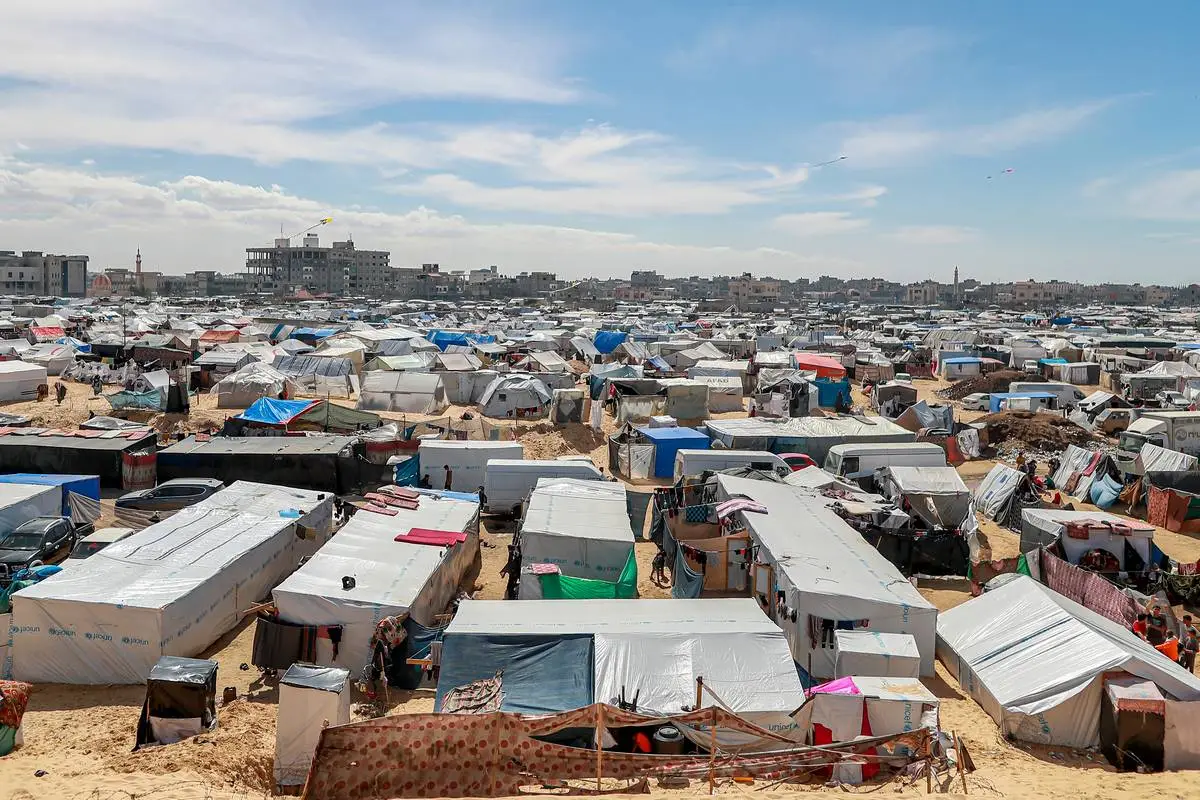
Political Shifts and Agreements
Recent years have seen fluctuating policies regarding the Rafah crossing, influenced by changing political landscapes in Egypt, Gaza, and Israel. Temporary agreements have sometimes led to the easing of restrictions, but these are often short-lived and subject to the volatile political climate.
COVID-19 Pandemic
The COVID-19 pandemic added another layer of complexity to the situation at Rafah. The crossing was closed for extended periods to prevent the spread of the virus, further straining Gaza’s already fragile healthcare system and economy.
Looking Ahead
Prospects for Stability
The future of the Rafah crossing is tied to broader regional dynamics and the Israeli-Palestinian conflict. Sustainable solutions require not only immediate humanitarian relief but also long-term political resolutions. Any lasting improvement in the situation at Rafah will likely depend on comprehensive peace efforts and regional cooperation.
International Involvement
Continued international pressure and involvement are crucial in addressing the humanitarian crisis in Gaza. Diplomatic efforts aimed at maintaining the opening of the All Eyes on Rafah crossing, along with broader initiatives for peace and development, are essential for improving the lives of Gaza’s residents.
Conclusion All Eyes on Rafah
The Rafah border crossing stands as a critical juncture in the ongoing Israeli-Palestinian conflict and the humanitarian crisis in Gaza. Its importance extends beyond mere geography; it symbolizes the broader struggles of the Palestinian people and the complex geopolitical dynamics of the region. With the eyes of the world on Rafah, it remains a focal point of hope and despair, where the intersection of politics, human rights, and survival plays out daily. The path forward requires not only immediate humanitarian action but also sustained efforts towards peace and stability in the region.
Read More Article About “Discovering the Kona Coast: A Journey Through Paradise”











